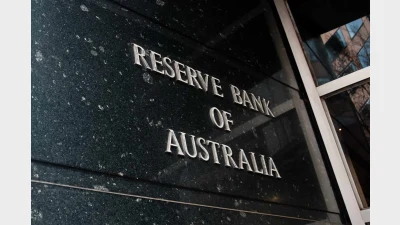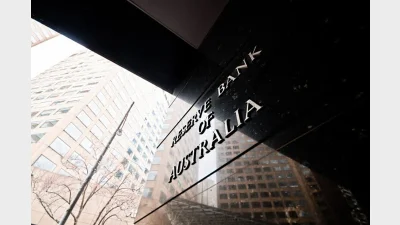Make super forecasting mandatory, says ASFA



 The Government should back a two-year implementation period for moving to a mandatory superannuation forecasting regime, according to the Association of Superannuation Funds of Australia (ASFA).
The Government should back a two-year implementation period for moving to a mandatory superannuation forecasting regime, according to the Association of Superannuation Funds of Australia (ASFA).
In a submission filed in response to an ASIC consultation paper on superannuation forecasts, ASFA has taken issue with the restrictive, standardised assumptions being proposed by the Australian Securities and Investments Commission as part of a voluntary forecasting regime and warned such a prescriptive approach would prove counterproductive.
It said the restrictive standardised assumptions contained in the consultation paper appeared to be more in keeping with a mandatory regime.
"ASFA believes that if a voluntary regime is required to contain such a high degree of standardisation, then few would use it," the submission said. "Trustees that are appropriately licensed may in fact prefer to issue projections under the intra-fund advice regime."
It suggested there was a danger that where only a small number of trustees were appropriately licensed, the voluntary regime being proposed by ASIC might have very little take-up.
The ASFA submission said the organisation believed that paper-based estimates should ultimately be mandatory and recommended a two-year implementation period before moving to a mandatory regime.
Recommended for you
Large superannuation accounts may need to find funds outside their accounts or take the extreme step of selling non-liquid assets under the proposed $3 million super tax legislation, according to new analysis from ANU.
Economists have been left scrambling to recalibrate after the Reserve Bank wrong-footed markets on Tuesday, holding the cash rate steady despite widespread expectations of a cut.
A new Roy Morgan report has found retail super funds had the largest increase in customer satisfaction in the last year, but its record-high rating still lags other super categories.
In a sharp rebuke to market expectations, the Reserve Bank held the cash rate steady at 3.85 per cent on Tuesday, defying near-unanimous forecasts of a cut and signalling a more cautious approach to further easing.












